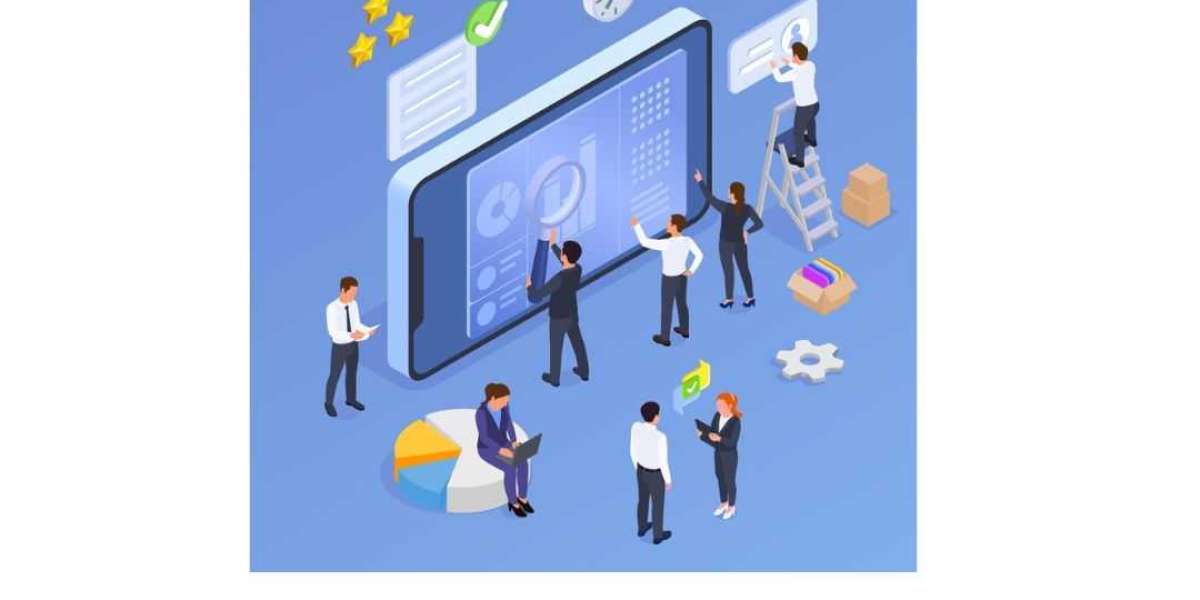Introduction
In the modern business landscape, customer experience (CX) has emerged as a critical differentiator. Companies striving to enhance their customer interactions are increasingly turning to technology-driven solutions. One effective strategy is the SAP carve-out, which can revamp legacy systems and significantly improve customer experience. This blog explores how SAP carve-outs can be leveraged to transform outdated systems and elevate customer satisfaction.
Understanding SAP Carve-Outs and Their Importance
SAP carve-outs involve isolating and modernizing specific components of an organization’s IT infrastructure. This process is particularly beneficial for businesses dealing with legacy systems, which often hinder the implementation of new technologies and customer-centric initiatives. By executing a well-planned SAP carve-out, companies can upgrade their legacy systems, making them more agile and responsive to customer needs.
Legacy systems, while reliable, typically lack the flexibility required to support modern customer service standards. They can slow down response times, limit personalization, and restrict access to real-time data. SAP carve-outs address these issues by selectively updating parts of the system, thereby enhancing overall performance without the need for a complete overhaul.
Enhancing Responsiveness and Efficiency
One of the primary ways SAP carve-outs improve customer experience is by enhancing system responsiveness and efficiency. Legacy systems often struggle with slow processing speeds and frequent downtimes, which can frustrate customers and damage a company's reputation. By carving out and upgrading critical components, businesses can achieve faster transaction processing and more reliable system performance.
For instance, migrating customer service modules to the cloud through an SAP carve-out can significantly reduce latency and improve uptime. This ensures that customer inquiries and transactions are handled swiftly, leading to higher customer satisfaction. Additionally, streamlined workflows and automated processes can free up customer service representatives to focus on more complex and value-added tasks.
Personalizing Customer Interactions
Personalization is a key element of exceptional customer experience. However, legacy systems often lack the capability to analyze and utilize customer data effectively. SAP carve-outs can incorporate advanced analytics and artificial intelligence (AI) tools, enabling businesses to deliver personalized experiences.
By leveraging these technologies, companies can gain deeper insights into customer preferences and behaviors. This data can be used to tailor interactions, recommend products, and provide proactive support. For example, an SAP carve-out can integrate AI-driven chatbots that offer personalized responses based on previous customer interactions, enhancing the overall customer journey.
Enabling Real-Time Data Access
Access to real-time data is crucial for informed decision-making and prompt customer service. Legacy systems, with their outdated architectures, often fail to provide real-time data access. SAP carve-outs can rectify this by implementing modern data management solutions that facilitate real-time data processing and analytics.
Real-time data access allows customer service teams to address issues more effectively and provide accurate information promptly. For instance, real-time inventory updates can prevent stockouts and backorders, improving the shopping experience. Additionally, real-time insights into customer feedback and sentiment can help businesses respond quickly to emerging trends and concerns.
Streamlining Omnichannel Experiences
Today’s customers expect seamless experiences across multiple channels, whether they are interacting with a company via phone, email, social media, or in person. Legacy systems often create silos that hinder a unified customer experience. SAP carve-outs can help in creating an integrated omnichannel approach by updating and connecting disparate systems.
By consolidating customer data from various touchpoints into a single, cohesive platform, businesses can ensure consistency and continuity in customer interactions. This integration enables customer service representatives to have a comprehensive view of the customer journey, allowing them to provide more informed and personalized support.
Conclusion
SAP carve-outs offer a strategic pathway to revamping legacy systems and significantly improving customer experience. By enhancing system responsiveness, enabling personalization, providing real-time data access, and streamlining omnichannel experiences, businesses can meet and exceed modern customer expectations. As customer experience continues to be a key competitive differentiator, leveraging SAP carve-outs to modernize legacy systems will be essential for companies aiming to stay ahead in the market. Through careful planning and execution, SAP carve-outs can transform outdated infrastructures into dynamic, customer-centric platforms that drive satisfaction and loyalty.








